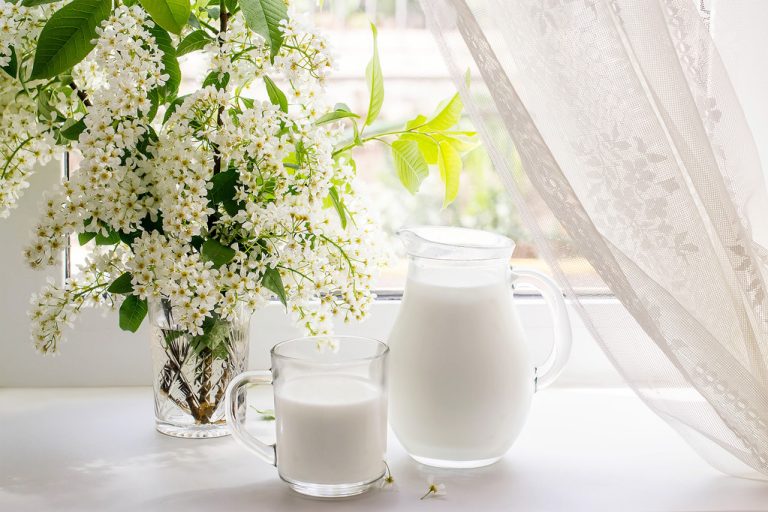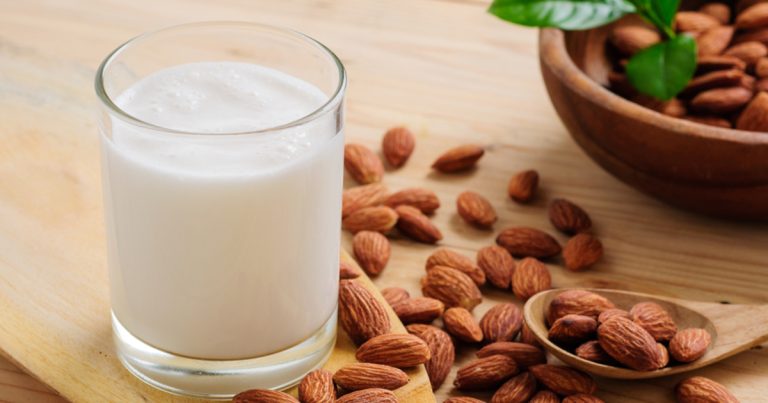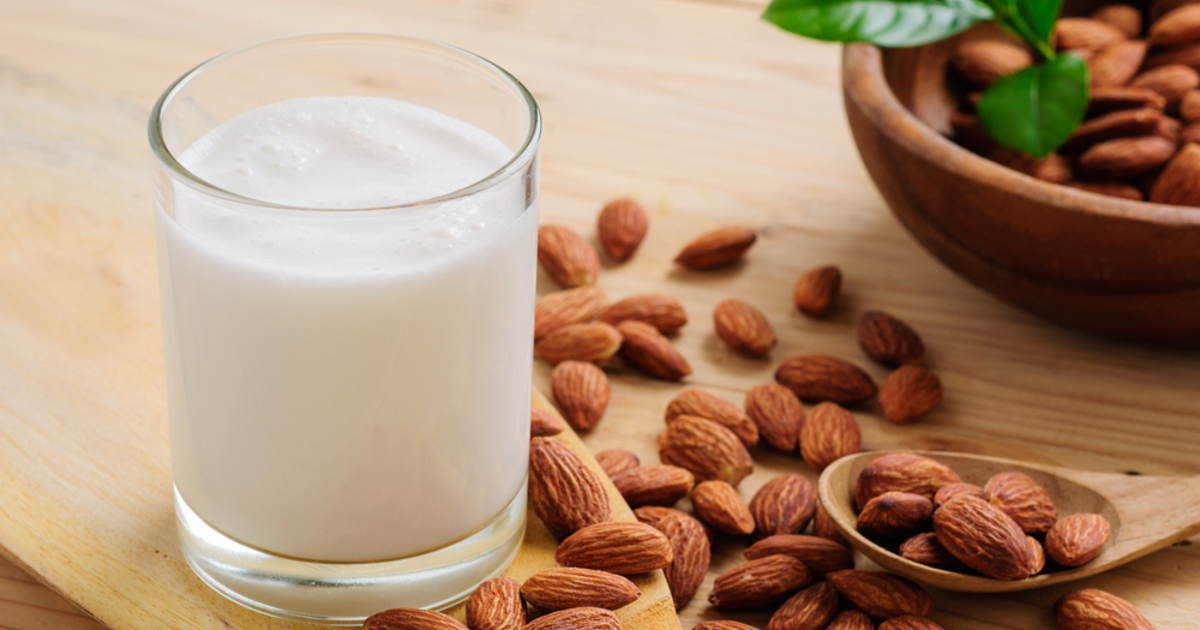If you want to eat vegan or avoid animal milk for other reasons, you can use milk alternatives such as spelled milk. It is considered compatible, vegan, healthy, lactose-free and extremely ecological. But is that really the case? The spelled drink under the magnifying glass.
First of all: Suppliers of products are not allowed to call plant-based milk substitutes such as those made from spelt as “milk” or “milk substitute”, this is prohibited under EU legislation. The commercially available products are therefore usually labeled “spelled drink”. But nobody says that colloquially, which is why we call it “spelled milk”.

What exactly is spelled milk?
Basically, spelled milk consists of water and very finely ground spelled grains that have been soaked beforehand.
For industrial production, the two components are mixed well and pressed through a very fine sieve.
Depending on the manufacturer, the “raw” spelled milk is then enriched with vitamins, calcium or sweeteners before it is filled into the package as a spelled drink.
Cereal flavor and nice foam
Sweeteners, such as those made from dates or agave syrup, are mainly added because spelled milk in its pure form tastes very floury and like grain. The slightly nutty note of the spelled flour is no longer discernible in the filtered drink. The distinct floury taste of the spelled drink is perhaps also the reason why it lags behind oat milk or rice drinks in terms of popularity.
But the milk substitute has another advantage: due to the high proportion of gluten, the spelled milk can be frothed particularly well. This makes them perfect for all café latte and cappuccino fans looking for plant-based alternatives to their favorite coffee.
What are the nutritional values of the spelled drink?
As already mentioned, spelled milk consists mainly of spelled (flour) and water.
The spelled drink therefore contains, unlike normal cow’s milk, only about 1g of fat per 100ml and no lactose.
However, the grain content has an impact of around 8 g carbohydrates and an average of around 45 kcal/100ml.
The protein content is relatively low at around 0.3g per 100ml. For comparison: cow’s milk with 1.5% fat contains about 4.9g carbohydrates and 3.4g proteins with a calorific value of about 47 kcal.
The spelled drink contains no lactose, casein or other substances that may cause allergies. For those who cannot tolerate cow’s milk, using spelled milk substitutes is an interesting solution.
However, like wheat, spelled has a very high proportion of the gluten protein, which makes spelled milk absolutely unsuitable if you suffer from gluten intolerance or even celiac disease.
The problem with sold spelled milk is that it is seasoned with a lot of sugar and salt. But that’s only a problem if you consume too much of it.
There is no general answer as to whether spelled milk is healthy.
The question remains whether the spelled milk might provide you with important building blocks for a healthy diet.
For the proteins contained in the milk substitute, it is true that spelled contains all the essential amino acids. However, the overall protein content is so low that grain milk is not suitable as a source of protein; as such, milk or soy drink is better.
Spelled milk is also only suitable as a source of calcium if it has been artificially added.
There is a lot of silicic acid in the spelled grain, which is good for skin and hair, as well as a lot of other minerals, including potassium, iron, zinc, copper, manganese and magnesium. However, all in small parts.
During the production of the spelled drink, most of the solid components are also filtered out – and with them many of the valuable nutrients in the spelled.
Let’s put it this way: simply eating spelled as bread is healthier. However, the plant-based milk substitute itself is important for the health of the world. The extent of the greenhouse gas emissions for spelled milk is not yet known, but they are likely to be in the order of magnitude of oat milk, i.e. significantly below those of cow’s milk.

Recipe: Make your own spelled milk
Of course, you can also easily make spelled milk yourself. For this you need:
80 grams of organic spelled
1l water
blender or blender
Bowl for soaking or germinating
Possibly pitted dates or agave syrup as a sweetener
For the simpler, quicker version, let the spelled grains soak in a bowl with a little water overnight. The spelled, water and sweetener then go into a high-performance blender or are chopped up as finely as possible with a blender.
The mixture is then filtered through a cotton cloth, leaving only a cloudy liquid. If you like, you can also omit the last step. The spelled drink then tastes more like grain, but the valuable ingredients of the spelled are retained.




